The Black Maple, a close relative of the Sugar Maple, is a native deciduous tree commonly found in the eastern and central regions of the United States. Belonging to the Sapindaceae family, it thrives in USDA Hardiness Zones 5 and 6 and can reach impressive heights of 23 to 37 meters.
Known for its stunning seasonal display, the Black Maple’s foliage transitions into brilliant shades of orange, red, and yellow during the fall. In spring, the tree produces small yellow-green flowers, adding subtle charm to its appearance. While the Black Maple can be grown from seed, it is typically challenging to propagate through cuttings, making seed cultivation the preferred method for gardeners.
This tree’s striking fall colors and robust growth make it a popular choice for anyone looking to enhance their landscape with a native species that provides both beauty and shade.
| Common name | Black Maple |
| Botanical name | Acer nigrum |
| Family | Sapindaceae |
| Species | saccharum subsp. nigrum |
| Origin | Eastern and central USA |
| Life cycle | Woody |
| Plant type | Native Plant |
| Hardiness zone | 5, 6 |
| Sunlight | Full Sun |
| Soil condition | High Organic Matter |
| Drainage | Well-Drained |
| Harvest time | Summer |
| Flowering period | Spring |
| Flower color | Gold, Yellow |
| Leaf color | Gold, Yellow |
| Stem color | Brown, Copper |
| Fruit type | Samara |
| Garden style | Nighttime Garden |
| Uses | Lawn |
I. Appearance and Characteristics
Acer nigrum, the black maple, is a species of maple closely related to A. saccharum (sugar maple), and treated by some authors as a subspecies of it, as Acer saccharum subsp. nigrum.
The geographic range of A. nigrum is slightly more limited than the sugar maple, encompassing much of the Midwestern United States, portions of the Eastern United States, and the southeast of Canada in southern Ontario.
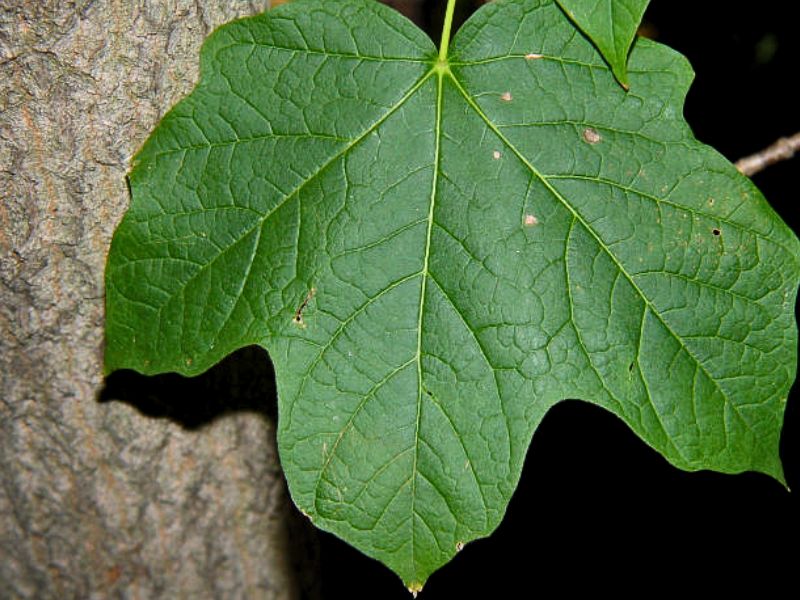
Identification can be confusing due to the tendency of the two species to form hybrids. The simplest and most accurate method for distinguishing between the two trees is the generally three-lobed leaves of the black maple versus the generally five-lobed leaves of the sugar maple. The leaves of the black maple also tend to have a drooping appearance. Other differences that are not as pronounced include darker, more deeply grooved bark, slightly smaller seeds, a downy underside, and thicker petioles. Hybrids are intermediate in their characteristics.
The black maple’s mature height ranges from 21 to 34 meters (70 to 110 feet).
II. How to Grow and Care
Sunlight
Black maple thrives best under partial sun exposure. It prefers conditions where it can receive filtered sunlight or direct sun for just part of the day. While black maple can tolerate full sun, extended exposure to intense light can stress the plant, leading to leaf scorch or faded foliage. This species exhibits adaptability by adjusting leaf orientation to optimize light absorption. Outdoors, it is recommended to plant black maple in locations that offer morning sunlight and afternoon shade, promoting vigorous growth and maintaining optimal health.
Temperature
The black maple has good cold resistance and is able to tolerate low temperatures. The black maple is native to the margins of forests in China, Japan, and North Korea, so these trees generally prefer a humid environment. Most black maple plants have shallow root systems, so they should be watered frequently during the summer. For some varieties, a sprayed mist should be provided during the summer to increase the humidity of the air around them.
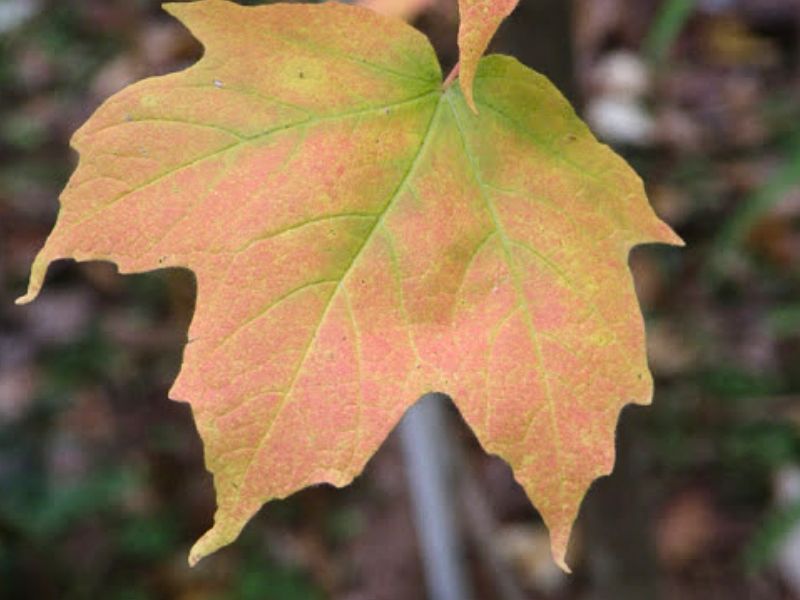
Watering
Black maple is a plant that appreciates moderate water availability, reflecting its native habitat’s balanced climate. Its watering needs are relatively balanced, neither drought-tolerant nor requiring high humidity. The ideal watering frequency for this species is once every 1-2 weeks. Being deciduous, black maple’s water requirements may decrease during the dormant winter months.
Soil
The black maple does not have many specific requirements for soil. It is a forest native, so it prefers well-drained soil that is rich in humus and slightly acidic. Its main root will extend deep into the soil, but its tiny fibrous roots will be concentrated near the soil surface, so accumulated water in the soil tends to cause root rot.
Fertilizing
Fertilize black maple with balanced nutrition formulations in spring and high nitrogen options mid-summer. Fertilization promotes robust growth and overall health. Apply annually, adjusting for growth stage and seasonal needs—lesser quantities in juvenile phase and lower frequency during dormancy. Take caution to avoid root burn by following recommended dosages. Use slow-release granules for sustained benefits, and ensure even distribution around the drip line for optimal uptake. These targeted practices will enhance black maple’s vitality and longevity.
Pruning
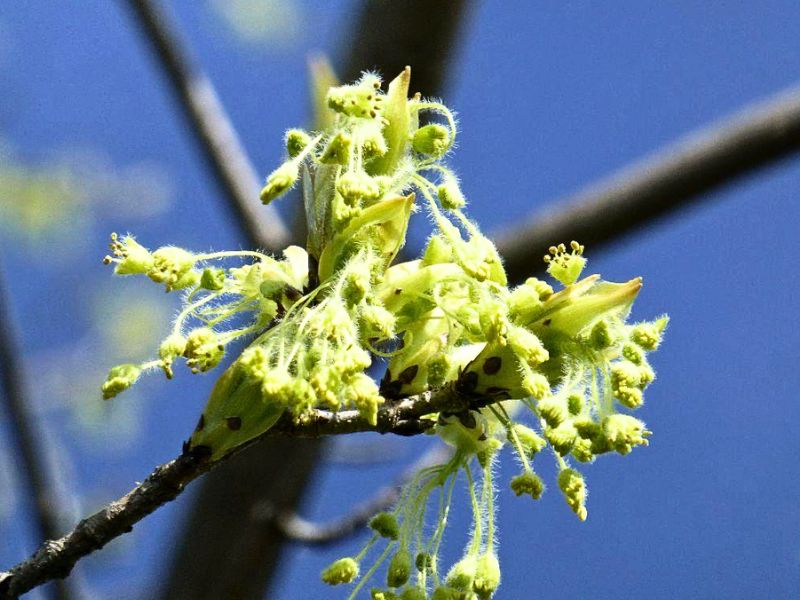
Pruning is mainly used to enhance internal ventilation, improve shoot formation, promote growth, and for shaping. The common approach to pruning is to remove any old or weak branches, remove any branches that disrupt the shape of the tree, and remove any branches that cross other branches. Pruning is used to control the plant according to the required height and shape. Generally, this follows the “Y-type” pruning method.
It is possible to prune a black maple throughout the year, but the coldest winter months should be avoided to prevent damage to the plant. Major pruning to shape a maple can be performed following defoliation in the fall, or prior to leaf growth in the spring. It is recommended to prune in the fall because withered and full buds can be easily distinguished.
According to the shaping plan, you can prune any withered buds and keep the full ones, thus making your tree healthier. For pruning in the summer, diseased, weak, or dead branches can be removed, mainly to enhance the tree’s ventilation.
If grown as a potted plant, the roots can easily occupy the entire flowerpot due to the limited space. This can make a black maple prone to aging if an old flowerpot is not changed. It is recommended that old roots are pruned during the dormancy period, that is, cut off any old, coarse, diseased, and weak roots.
Propagation
Common propagation methods include grafting, taking cuttings, and sowing seeds.
Grafting is the most common propagation method. Seedlings of Acer palmatum or Acer oliverianum are usually selected for the rootstock. Grafted seedlings have strong roots and grow rapidly, but poor affinity is occasionally present in some cases. Seedlings with Acer oliverianum as the rootstock are less hardy.
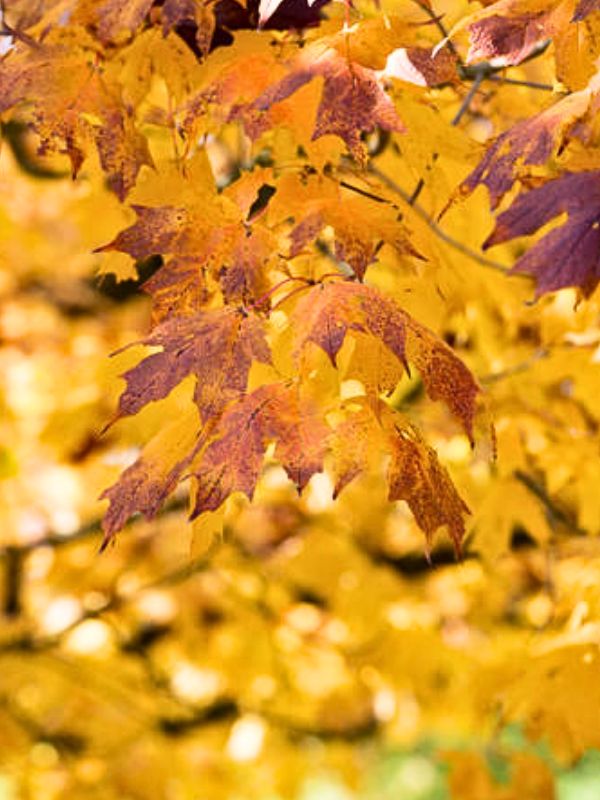
Cuttings take longer to grow and are mostly used in the production of bonsai.
Sowing seeds is a common way to cultivate new varieties. The hybrid offspring of two different maples are sown and valuable individuals are then selected from the seedlings. The traits of the parents may not be maintained in the selected offspring.
Transplanting
Transplanting black maple is best in the cooler seasons, providing a gentle transition period. Ideal locales are partially shaded spots with well-draining soil. Keep the root ball moist throughout the process, a prime tip to ensure healthy growth. Remember, transplanting is more of an art than a technique.
III. Uses and Benefits
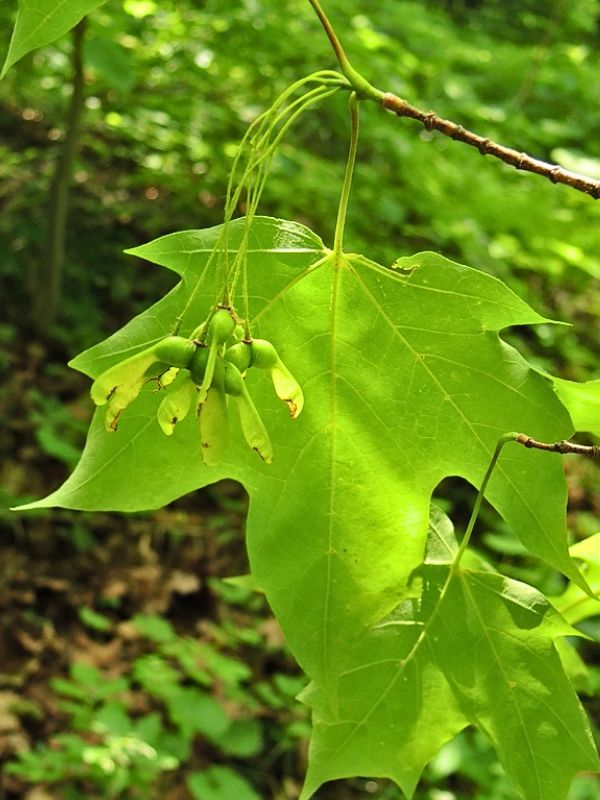
- Ornamental uses
With its dark bark, ascending branching, and a dense, round crown, black maple creates a quality shade while being decorative. Thus, it is gladly used as a shade tree and street tree. Also, it can be used as a native tree in woodland gardens and along streams, adding attractive autumn colors to the landscape.
- Other uses
This species is used similarly to the A. saccharum, for timber as hard maple, for landscaping, and for maple syrup production.
Find Where to Buy the Best Black Maple (Acer nigrum)

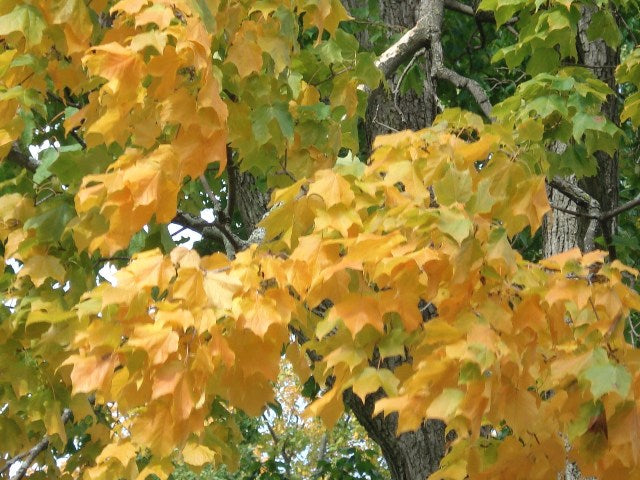

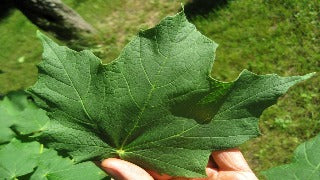



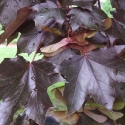

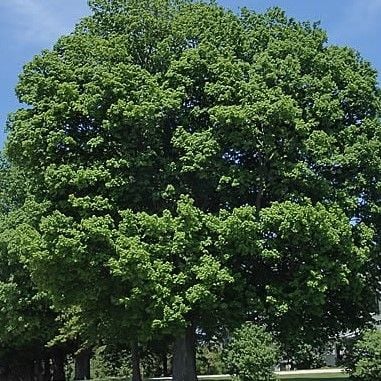)
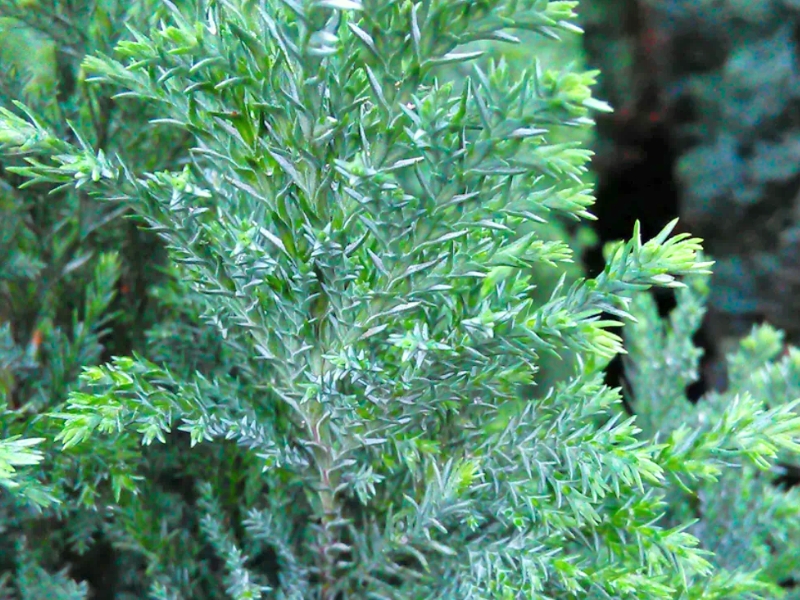
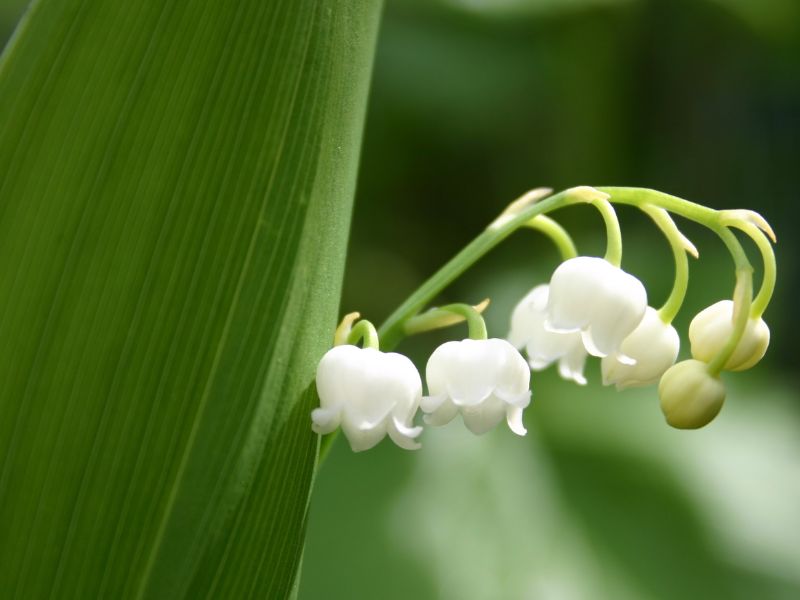
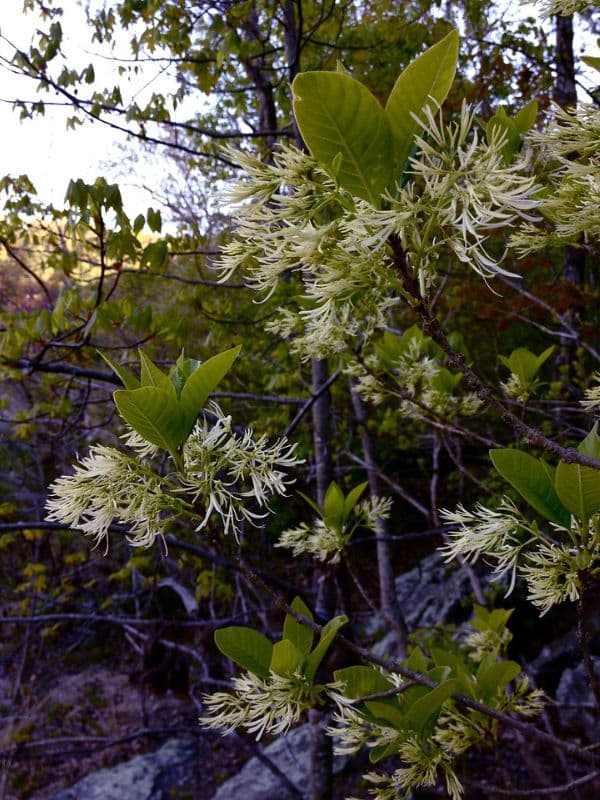
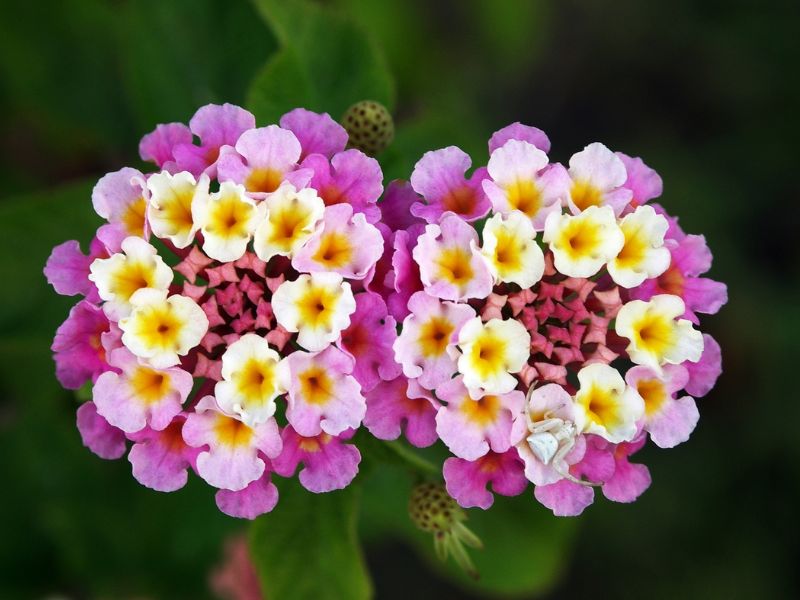
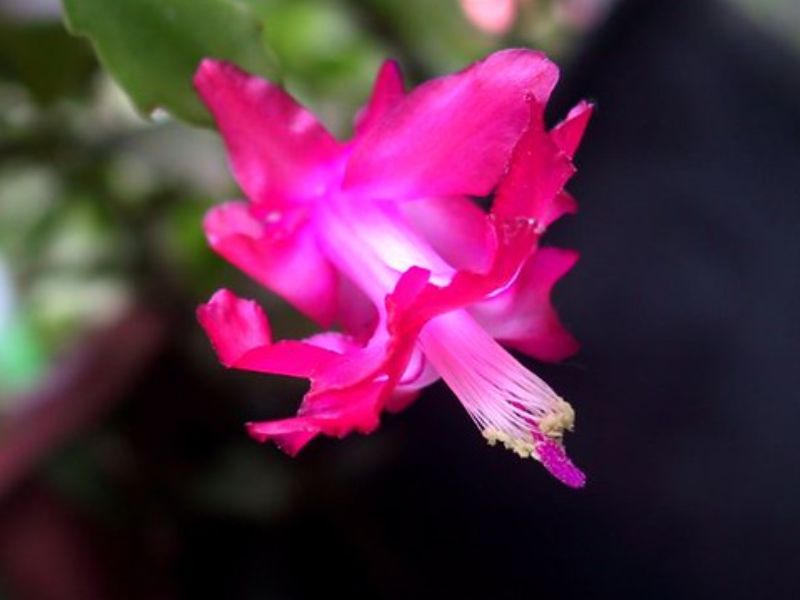
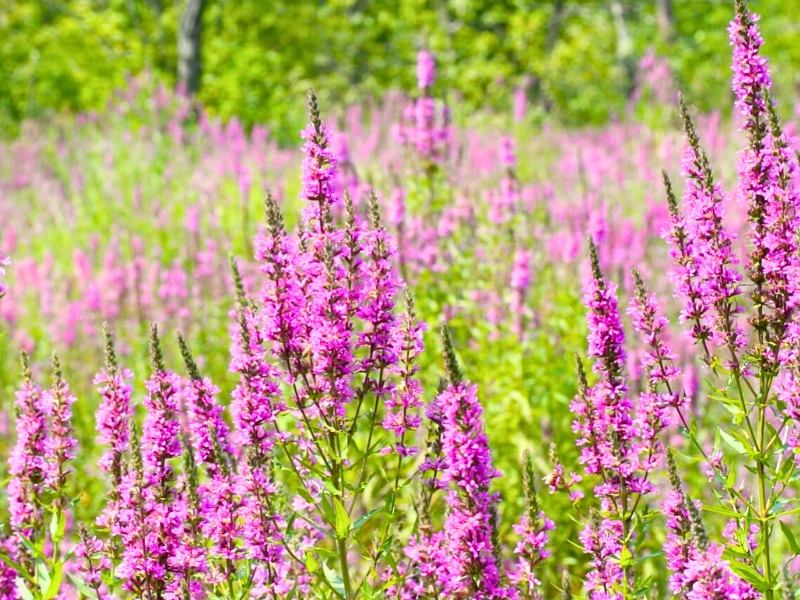
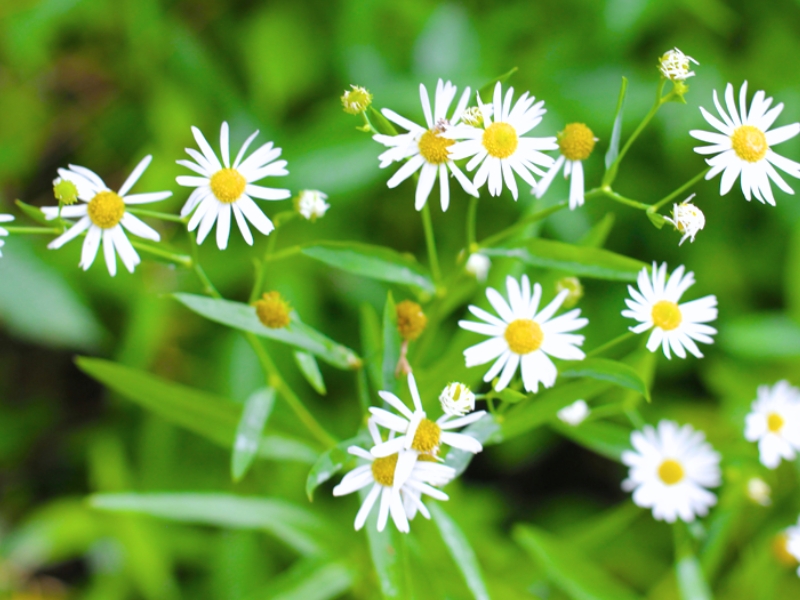
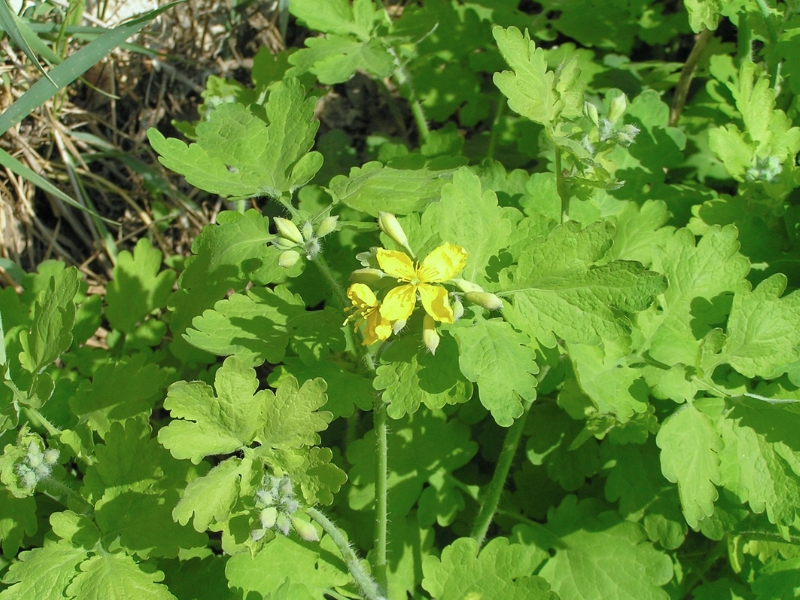
Leave a Reply